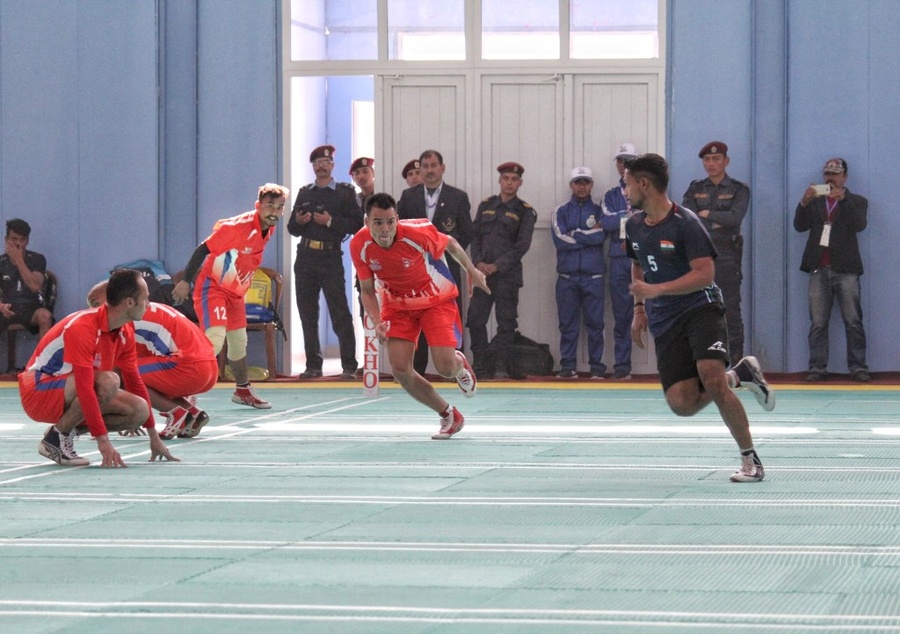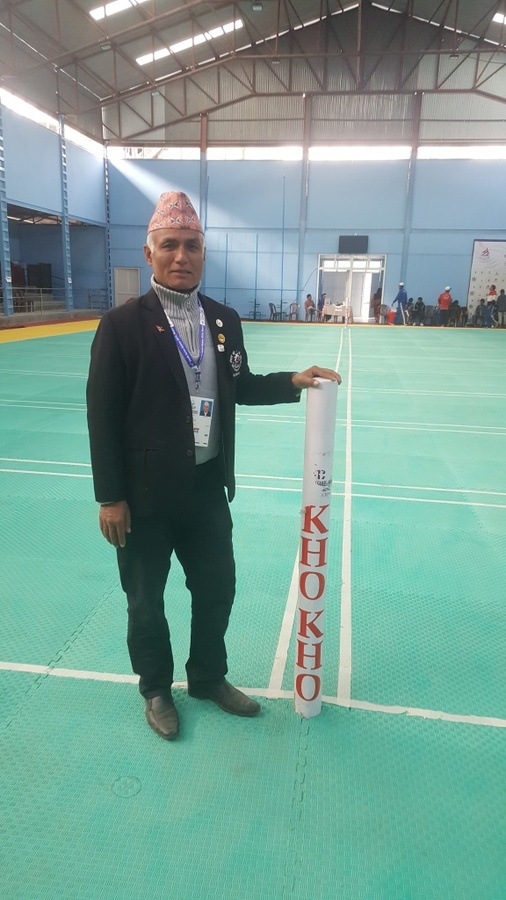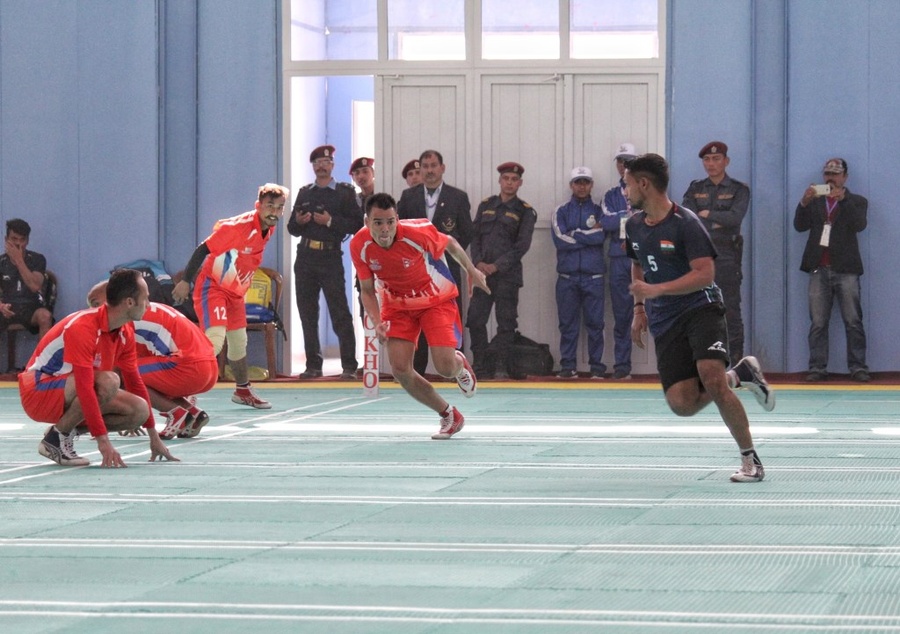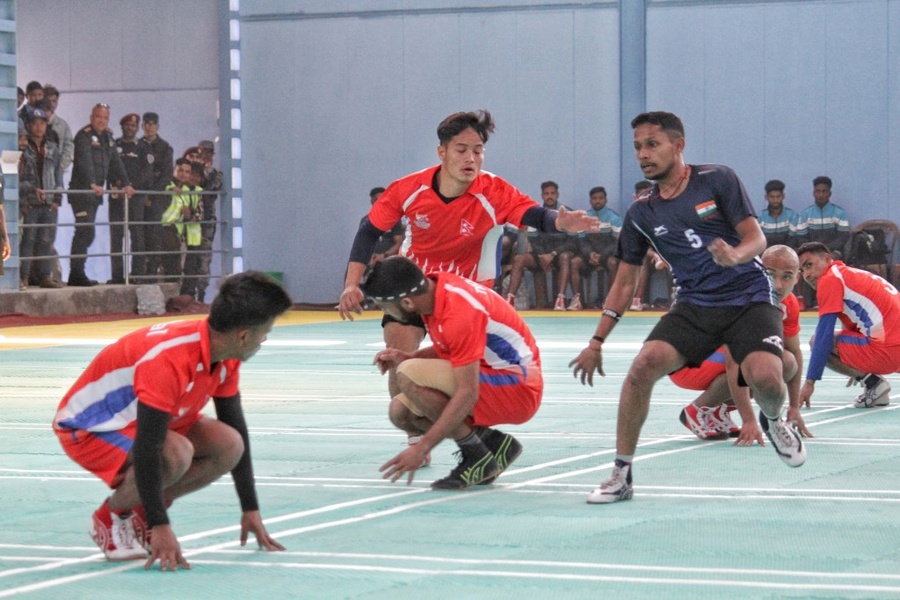Kathmandu, Nepal, December 2, 2019: Tag game kho kho, appearing for the second time at the South Asian Games, is hoping to catch on - but it has a long way to go to catch up to its cousin kabaddi, another traditional game from India. “We have a lot of work to do to raise its profile internationally but, in recent years, kho kho has made impressive strides and in Nepal there are at least 2,000 players,” pointed out Pradip Maharjan, Vice President of the Nepal Kho Kho Association, as he watched the host nation take on India in both the men’s and women’s competitions on Monday. Despite the two defeats, Nepal are confident of winning silvers in a sport whose roots are as old as the epic poem Mahabharata - and even with an Olympic appearance, albeit as a demonstration sport, at the 1936 Berlin Olympics. While kabaddi is seen as more of a mainstream sport across Asia, becoming a mainstay in the Asian Games programme since Beijing 1990, kho kho has struggled to make headway. Its first appearance at the South Asian Games was at the last edition in 2016 in Guhawati, India, when the host nation swept the floor in both men’s and women’s events with Bangladesh taking the silver and Nepal bronze. Now, at the 13th South Asian Games in Kathmandu and Pokhara, the hosts are hoping to go one step better – India might yet be a bridge too far. “We are hopeful of a silver medal in both the men’s and women’s competitions with India being the clear favourites,” says Maharjan as he cheers on the Nepali men’s team led by Shyam Budhathoki at the indoor venue in Naya Bazar, Kirtipur. For the first time the game has taken place indoors. Usually it is played on dusty fields, and a large crowd is on hand to cheer the home team. But India are too strong and dominate the rectangular 29x16 metres court. Each side has 12 players. India begin as the chasers and Nepal are the defenders – they swap roles after seven minutes – and nine chasers enter the field and sit on their knees in alternate directions in the middle of the field. They can only chase in the direction they face and can only chase one at a time. Nepal’s defenders enter the field in groups of three and need to avoid being tagged by a chaser. The aim for the chasers is to tag-out the defenders the fastest. Whichever team tags out the defenders the fastest wins. It is very physical, with lots of running, diving and squatting. Teamwork is the key with a teammate knowing when to take over the pursuit. “This is a far better sport than kabaddi, a more demanding sport where you need strength, stamina, speed and agility,” explains Maharjan. The Asian Kho Kho Federation came into existence in 1987. Last year the sport received a massive boost when it was recognised by the General Assembly of the Olympic Council of Asia at the Asian Games in Jakarta and Palembang. “A lot of countries in South Asia and other parts of Asia are taking up kho kho. I know Thailand, Malaysia in Southeast Asia, Qatar and Saudi Arabia in West Asia, have started. Even countries like Australia and South Africa, Canada and England are playing kho kho. We need to keep pushing to catch on,” urges Maharjan.
Ancient tag game of kho kho catching on fast
